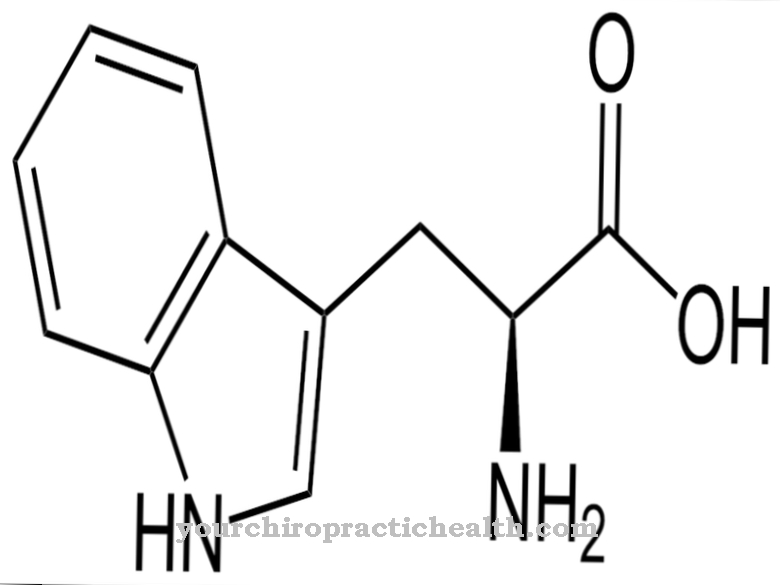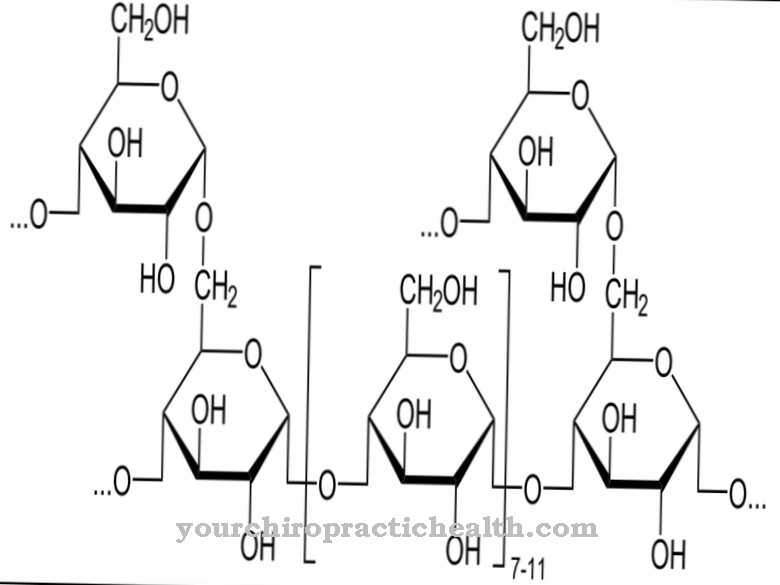Morphogenesis is the totality of the development of organs, organisms or individual cell organelles. In humans, embryogenesis and fetogenesis are important aspects of morphogenesis.
What is morphogenesis?

Living structures are given their shape during morphogenesis. In humans, morphogenesis is divided into embryogenesis and fetogenesis. Morphogenesis is part of ontogenesis. Ontogeny is the opposite of phylogeny. Thus it is not the development of the tribe that is important here, but the development of the individual being.
The morphogenetic development includes all stages of the living being. It begins with the development of the germ and extends to a fully developed living being. At the end of morphogenesis, the organism with its characteristic shape stands. Morphogenesis is the basis of developmental biology.
Function & task
Human morphogenesis is divided into embryogenesis and fetogenesis. Embryogenesis is the phase of embryonic development. It begins with the fertilization of the female egg and ends with the onset of fetogenesis.
Embryogenesis is divided into a pre-embryonic phase and an embryonic phase. The pre-embryonic phase comprises the first three weeks of pregnancy. This is where the three cotyledons with the names entoderm, mesoderm and ectoderm arise. The development of the zygote to the blastocyte also belongs to the pre-embryonic period. During this blastogenesis, the fused egg-sperm cell becomes a fluid-filled cavity with pluripotent stem cells. In the embryonic phase, the embryonic systems of the organs are formed. This phase lasts from the fourth to the eighth week of pregnancy.
Embryogenesis can not only be divided into these two phases, but also with regard to individual organs and organ systems. A distinction is made between embryonic head development, embryonic heart development and embryonic liver development. Organ development in these phases is also known as organogenesis.
Embryogenesis is followed by fetogenesis. The organs that were created during embryogenesis continue to develop here. In addition, the tissues are differentiated. The stage of fetogenesis begins with the 61st day of pregnancy and ends with the birth.
Fetogenesis is characterized by rapid body growth. The proportions of the face of the unborn child change, eyes and ears move into their final position. Arms and legs become longer and develop proportionally. As early as the third month of pregnancy, this enables the unborn child to begin muscle activity. In the sixth month, the skin grows very strongly. Since the underlying fat layer does not grow with you as quickly, the fetus appears wrinkled. In the seventh month of pregnancy, the morphogenesis of the lungs is complete. The unborn child could now breathe independently. From this week onwards, premature babies are considered viable.
The last months of pregnancy are all about growth. The morphogenesis of the vital organs comes to an end here. In the ninth month, the morphogenesis of the organs is finally completed. The unborn child doesn't get much bigger either. It sinks deep into the mother's pelvis and takes its birth position. The birth occurs around 40 weeks after the first day of the last period.
Illnesses & ailments
Disturbances can occur in all stages of morphogenesis. Depending on the time and severity, the consequences can be very diverse. Depending on the point in time of the fault, various faults can be distinguished. Blastopathies are based on a disruption of morphogenesis during blastogenesis, which takes place from the 1st to the 18th day of the embryo. Embryopathies are developmental disorders that are caused during the third to eighth week of the embryo. Fetopathies are diseases of the fetus (fetus). Here, the morphogenesis is impaired from the ninth week of embryo.
Possible causes for disorders of morphogenesis can be genetic or exogenous in nature.Exogenous causes are, for example, certain medications, infectious diseases of the mother, maternal diabetes mellitus and alcohol consumption by the mother. Alcohol, in particular, often causes serious harm to the unborn child. Ethanol is a cell poison and inhibits cell division. Around a third of all children of alcoholic women are born with alcohol embryopathy. A combination of short stature, mental retardation, a head that is too small and facial anomalies is typical. This combination is also known as fetal alcohol syndrome.
Viruses or bacteria can also disrupt morphogenesis. Rubella disease in the mother during pregnancy can have serious consequences for the child. The viruses are transmitted to the unborn child via the placenta and prevent cell division and differentiation there. This leads to either an abortion or rubella embryopathy. Embryopathy can cause various malformations. The central nervous system (CNS), the eyes and ears, and the heart are particularly affected. It leads to brain inflammation, glaucoma, deafness or hearing loss, growth retardation or congenital heart defects. A common combination of symptoms is numbness, clouding of the lens and heart defects.
About 10% of infected newborns die as a result of the infection. Therapy is no longer possible after infection. The maternal vaccination protection should therefore be ensured before a possible pregnancy. If pregnancy is planned, the rubella titer should therefore be determined. If the protection is insufficient, vaccination can be given early. However, the vaccination should not be carried out in pregnant women. The unborn child could become infected with the vaccine virus.



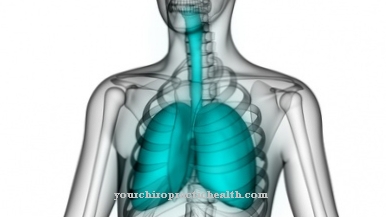







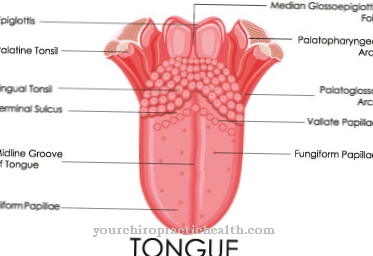
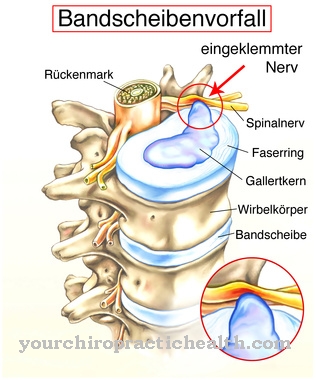






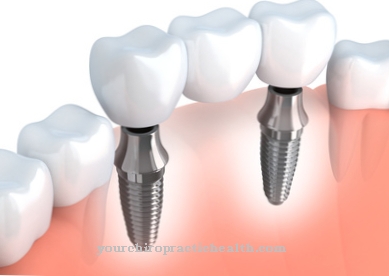
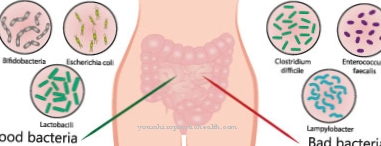

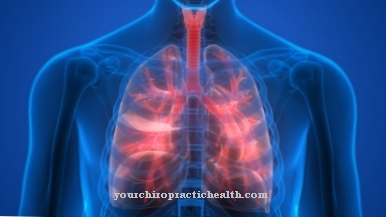
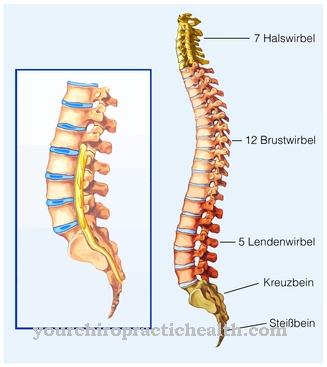
.jpg)
.jpg)

